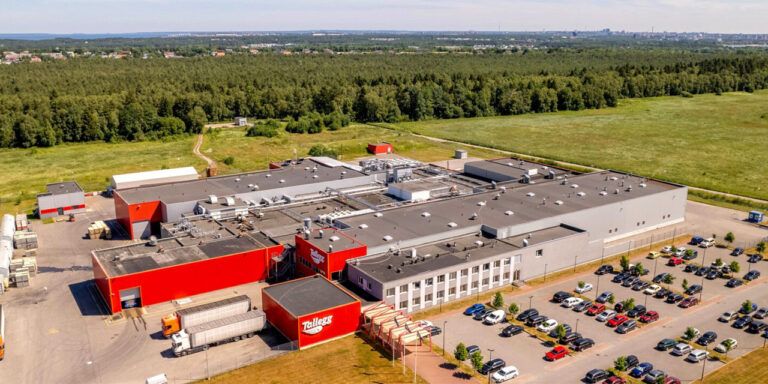Retailers must centralize their data to thrive
Oct 5, 2021 • 2 min
This article was originally published in RetailWire.
Successful retailers know that every decision — from workforce planning to space and assortment management to inventory optimization — requires a foundation of high-quality data. If granular data about stores is not made available to the central planning team, however, retailers will be missing critical information on which to base both chain-wide and localized decisions. Worse, if that data is inaccurate or inaccessible, forecasts will be faulty, leading not only to incorrect inventory management but also insufficient staffing and ineffective store layouts.
Although most of today’s retailers have at least a basic understanding of the need to collect and centralize their local data, there are those that either do not have the resources or have not invested in the technology to make it happen. This has resulted in a two-tier playing field of retail development:
- Retailers investing in technology and concentrating on centralizing and really using their data to see significant growth. They are able to execute their business strategy across all stores while improving both customer service and inventory management.
- Others are still relying on individual store managers to make local decisions using disconnected spreadsheets (or even pen and paper) and wasting valuable local staff time, straying from their brand strategy and missing opportunities to increase efficiency.
When business decisions are made in a disconnected manner at different points in the supply chain, there are going to be inconsistencies. This can lead to major inefficiencies, overstocks or out-of-stocks, end-of-season residual stock and lost sales. When retailers bring together the data from each store and all online channels into a single AI-driven forecasting solution, their centralized planning teams are able to review and streamline the full supply chain from end-to-end.
It is more important than ever that retailers, as they move to omnichannel models, collect data from all channels and use it to manage the flow of goods through the supply chain to the point of customer interaction. This not only allows for more consistent decision making but improves workforce management and space planning. Retailers that are unwilling or unable to centralize their data will continue to waste time and money while struggling to keep up with fluctuating demand — and they are going to be left behind.


